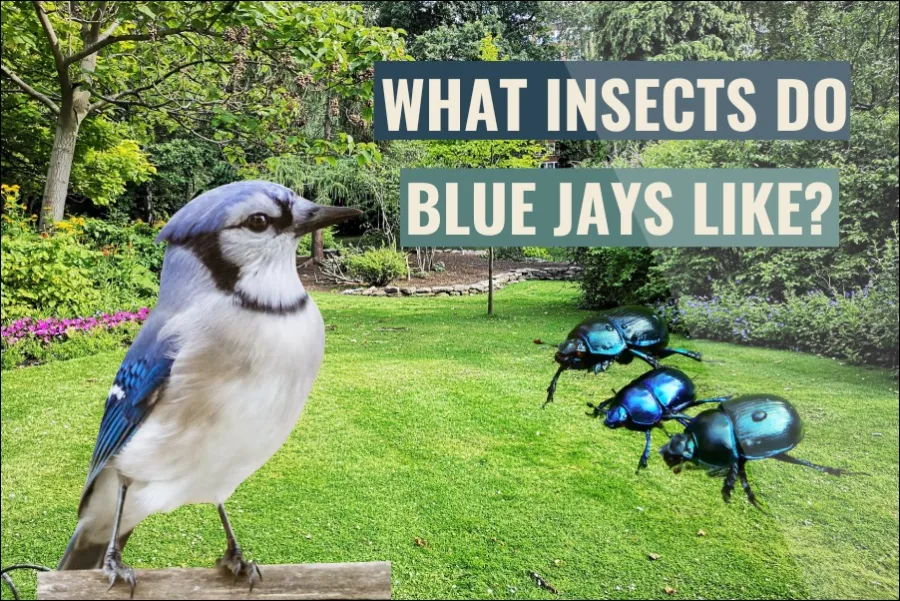
Blue jays are a common sight at backyard feeders and have a diverse diet that includes insects and invertebrates. In this article, we’ll look at 11 insects and invertebrates that blue jays love and the benefits they provide. From grasshoppers to ants, these insects and invertebrates are an important part of a blue jay’s diet and play important roles in the ecosystem.
Ants, beetles, caterpillars, centipedes, cicadas, crickets, dragonflies, earthworms, grasshoppers, spiders, and termites are examples of insects and invertebrates found in a blue jays diet which is a better option than using pesticides to get rid of them.
Whether you’re a birdwatcher or just enjoy attracting birds to your backyard, this list will provide you with valuable information about the insects and invertebrates that blue jays love.
Caterpillars
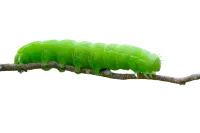
Caterpillars are the larvae of butterflies and moths, and they are a common food source for blue jays and other birds. In addition to providing a source of nutrition for blue jays, eating caterpillars can also help to regulate the population of these insects. This can have positive effects on the environment, as some species of caterpillars can cause damage to plants. A 100-gram serving of caterpillars contains approximately 273 calories, 28.1 grams of protein, and 14.8 grams of fat. They are also a good source of fiber, vitamins, and minerals, including vitamin A, vitamin C, and potassium.
Grasshoppers
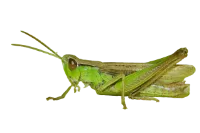
Grasshoppers are a type of insect that is commonly eaten by blue jays and other birds. Like caterpillars, grasshoppers can also be a pest to plants, and eating them can help to regulate their population. This can have positive effects on the environment, as grasshoppers can cause significant damage to crops and other plants. A 100-gram serving of grasshoppers contains approximately 368 calories, 22.9 grams of protein, and 28.2 grams of fat. They are also a good source of fiber, vitamins, and minerals, including vitamin A, vitamin C, and potassium.
Beetles
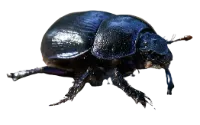
Beetles are a type of insect that is commonly eaten by blue jays and other birds. Like grasshoppers and caterpillars, beetles can also be a pest to plants, and eating them can help to regulate their population. This can have positive effects on the environment, as beetles can cause significant damage to crops and other plants. In addition to their role as a food source for blue jays, beetles also play important roles in the ecosystem as decomposers and pollinators. A 100-gram serving of beetles contains approximately 318 calories, 28.4 grams of protein, and 18.8 grams of fat. They are also a good source of fiber, vitamins, and minerals, including vitamin A, vitamin C, and potassium.
Cicadas
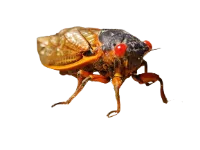
Cicadas are a type of insect that is commonly eaten by blue jays and other birds. Cicadas are known for their loud, distinctive mating calls, and they are a common sight and sound in many parts of the world. Cicadas are typically found in trees and are most active during the summer months. A 100-gram serving of cicadas contains approximately 365 calories, 18.9 grams of protein, and 16.8 grams of fat. They are also a good source of fiber, vitamins, and minerals, including vitamin A, vitamin C, and potassium.
Dragonflies
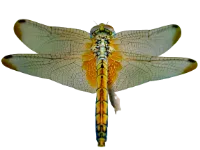
Dragonflies are a type of insect that is commonly eaten by blue jays and other birds. Dragonflies are known for their bright colors and agile flight, and they are a common sight in many parts of the world. Dragonflies are typically found near bodies of water, where they feed on mosquitoes and other insects. In addition to their role as a food source for blue jays, dragonflies also play important roles in the ecosystem as predators and pollinators. A 100-gram serving of dragonflies contains approximately 365 calories, 18.9 grams of protein, and 16.8 grams of fat. They are also a good source of fiber, vitamins, and minerals, including vitamin A, vitamin C, and potassium.
Ants
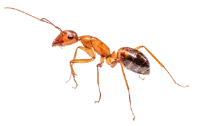
Ants are a common food source for blue jays and other birds. Ants are known for their hard work and cooperation, and they are found in many parts of the world. Ants are typically found in colonies, where they work together to gather food and build nests. In addition to their role as a food source for blue jays, ants also play important roles in the ecosystem as decomposers and pollinators. A 100-gram serving of ants contains approximately 249 calories, 23.6 grams of protein, and 13.2 grams of fat. They are also a good source of fiber, vitamins, and minerals, including vitamin A, vitamin C, and potassium.
Termites
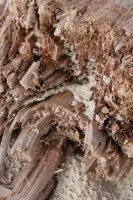
Termites are a type of insect that is commonly eaten by blue jays and other birds. Termites are known for their wood-eating habits and their ability to build complex nests. Termites are typically found in warm, humid regions, where they feed on wood and other plant material. In addition to their role as a food source for blue jays, termites also play important roles in the ecosystem as decomposers and recyclers of nutrients. A 100-gram serving of termites contains approximately 312 calories, 25.1 grams of protein, and 19.4 grams of fat. They are also a good source of fiber, vitamins, and minerals, including vitamin A, vitamin C, and potassium.
Spiders

Spiders are a type of invertebrate that is commonly eaten by blue jays and other birds. Spiders are known for their ability to spin webs and catch prey, and they are found in many parts of the world. Spiders are typically found in a variety of habitats, including forests, fields, and gardens. In addition to their role as a food source for blue jays, spiders also play important roles in the ecosystem as predators and pollinators. A 100-gram serving of spiders contains approximately 324 calories, 21.9 grams of protein, and 22.8 grams of fat. They are also a good source of fiber, vitamins, and minerals, including vitamin A, vitamin C, and potassium.
Centipedes
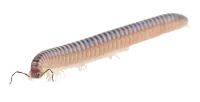
Centipedes are a type of invertebrate that is commonly eaten by blue jays and other birds. Centipedes are known for their long, slender bodies and numerous legs, and they are found in many parts of the world. Centipedes are typically found in moist, humid environments, where they feed on insects and other invertebrates. In addition to their role as a food source for blue jays, centipedes also play important roles in the ecosystem as predators and decomposers. A 100-gram serving of centipedes contains approximately 311 calories, 24.7 grams of protein, and 18.9 grams of fat. They are also a good source of fiber, vitamins, and minerals, including vitamin A, vitamin C, and potassium.
Crickets

Crickets are a type of insect that is commonly eaten by blue jays and other birds. Crickets are known for their chirping sounds, and they are found in many parts of the world. Crickets are typically found in a variety of habitats, including forests, fields, and gardens. In addition to their role as a food source for blue jays, crickets also play important roles in the ecosystem as decomposers and pollinators. A 100-gram serving of crickets contains approximately 389 calories, 21.1 grams of protein, and 28.2 grams of fat. They are also a good source of fiber, vitamins, and minerals, including vitamin A, vitamin C, and potassium.
Earthworms

Earthworms are a type of invertebrate that is commonly eaten by blue jays and other birds. Earthworms are known for their ability to burrow through soil and their role in decomposition and soil fertility. Earthworms are found in many parts of the world, and they are an important food source for a variety of animals. In addition to their role as a food source for blue jays, earthworms also play important roles in the ecosystem as decomposers and recyclers of nutrients. A 100-gram serving of earthworms contains approximately 342 calories, 28.2 grams of protein, and 22.5 grams of fat. They are also a good source of fiber, vitamins, and minerals, including vitamin A, vitamin C, and potassium.
Where can I buy insects and invertebrates to feed blue jays?
It is generally not recommended to feed wild birds insects and invertebrates that have been purchased or collected from the wild, as this can introduce non-native species into the environment and potentially cause harm. Instead, it is recommended to provide a varied and nutritionally balanced diet for blue jays using commercial birdseed mixes or individual seeds, such as sunflower seeds, peanuts, and safflower seeds. These can be purchased at many stores that sell bird-related products, including wild bird supply stores, pet stores, and online retailers. It is also important to follow proper hygiene and safety guidelines when handling and storing birdseed, as it can attract pests and potentially harbor harmful bacteria.
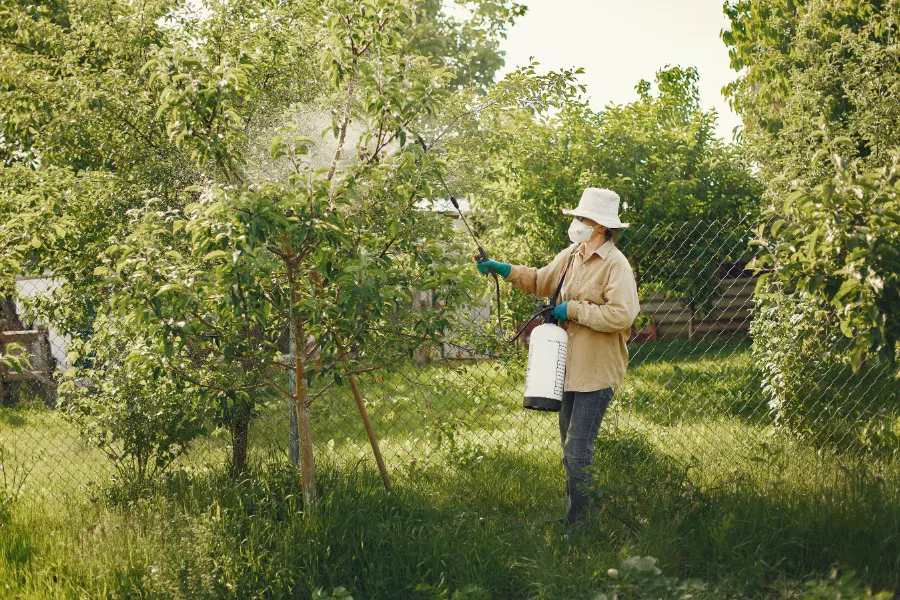
What’s the purpose of feeding blue jays in your yard?
If you have issues with insects in your yard, attracting blue jays to your property may be a natural and effective way to help control their population. Blue jays are known to eat a variety of insects and invertebrates, including grasshoppers, caterpillars, beetles, cicadas, dragonflies, ants, termites, spiders, centipedes, crickets, and earthworms. By providing a varied and nutritionally balanced diet for blue jays using commercial birdseed mixes or individual seeds, you can help to attract these intelligent and resourceful birds to your yard. Not only will blue jays help to control insects, but they will also provide a beautiful and entertaining addition to your outdoor space. You might also want to learn how you can help bluejays build their nests.
In addition to helping to control insects in your yard, attracting blue jays can also be a more environmentally friendly alternative to using pesticides. Pesticides can have harmful effects on both the target insects and non-target species, including birds, and they can also contaminate the soil and water. By relying on natural pest control methods, such as attracting blue jays and other birds to your yard, you can help to reduce the negative impacts of pest management on the environment. Bluejays usually start caching foods before winter. Learn how to help bluejays caching here.
In conclusion
Blue jays are a common sight at backyard feeders and have a diverse diet that includes insects and invertebrates. In this article, we explored 11 insects and invertebrates that blue jays love to eat and the benefits they provide. From ants, beetles, and caterpillars to centipedes, cicadas, crickets, dragonflies, earthworms, grasshoppers, spiders, and termites, these insects and invertebrates are an important part of a blue jay’s diet and play important roles in the ecosystem. In addition to providing a source of nutrition for blue jays, eating these insects can also help to regulate their populations and have positive effects on the environment. It’s important to note that it is not recommended to buy insects for the purpose of feeding blue jays, as it can have negative impacts on the ecosystem and is not a sustainable practice. Instead, it is better to provide a diverse range of seeds and grains, or fruits and let the blue jays find their own insects to eat.
